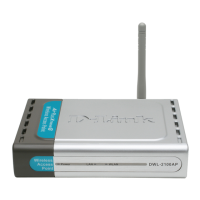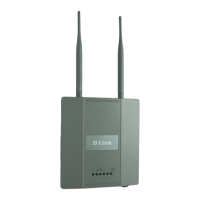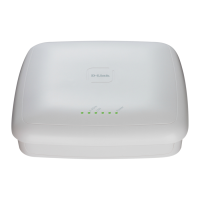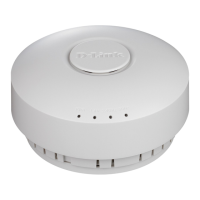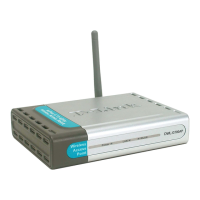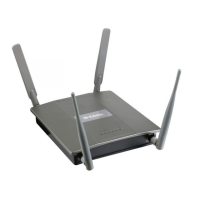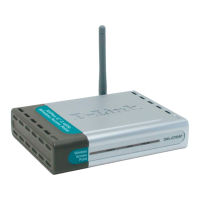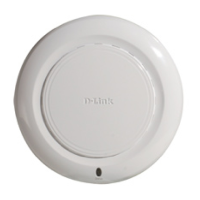Basic Setup
D-Link Unified Wired and Wireless Access System
Oct. 2015 Page 555
D-Link UWS User Manual
• Clear—Resets the settings on the page to the default values.
• Submit—Updates the switch with the values you enter. To retain the new values across a power cycle,
you must perform a save on the WLAN switch (not the AP).
• Next—Navigates to the next page in the Basic Setup configuration. Any changes you made to the current
page are saved to the running configuration (but not startup configuration) before the next page is
displayed.
Wireless Default VAP Configuration
The SSID tab displays the virtual access point (VAP) settings associated with the default AP profile. Each VAP
has an associated network, which is identified by its network number and Service Set Identifier (SSID). You can
configure and enable up to 16 VAPs per radio on each physical access point.
Figure 360: VAP Settings
VAPs segment the wireless LAN into multiple broadcast domains that are the wireless equivalent of Ethernet
VLANs. To a wireless client, each VAP appears to be a single physical access point. However, since the VAPs use
the same channel, there is no risk of RF interference among the networks that are on a single AP.
VAPs can help you maintain better control over broadcast and multicast traffic, which affects network
performance. You can also configure different security mechanisms for each VAP.
A VAP is a physical entity. Each VAP maps directly to a MAC address. A network is a logical entity that you apply
to a VAP. Networks are identified by a network number and an associated SSID. The SSID does not need to be
unique for each network. You can create and modify a network in one place and apply the network to one or
more VAP as needed. This allows you to mix networks within different profiles without having to reconfigure
everything. When you edit a network configuration that is applied to more than one VAP, you edit it for every
VAP that uses the network.
Managing the Virtual Access Point Configuration
The Default AP profile has one VAP on each radio enabled by default. The default VAP uses the dlink1 SSID,
and there is no security to prevent wireless clients from associating with the VAP. To enable additional VAPs,
select the check box next to the VAP. Once you enable a VAP, you can select the network (SSID) to use from
the drop-down menu. To change Network settings, click Edit.
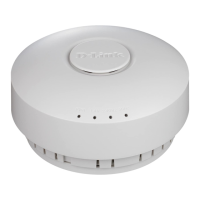
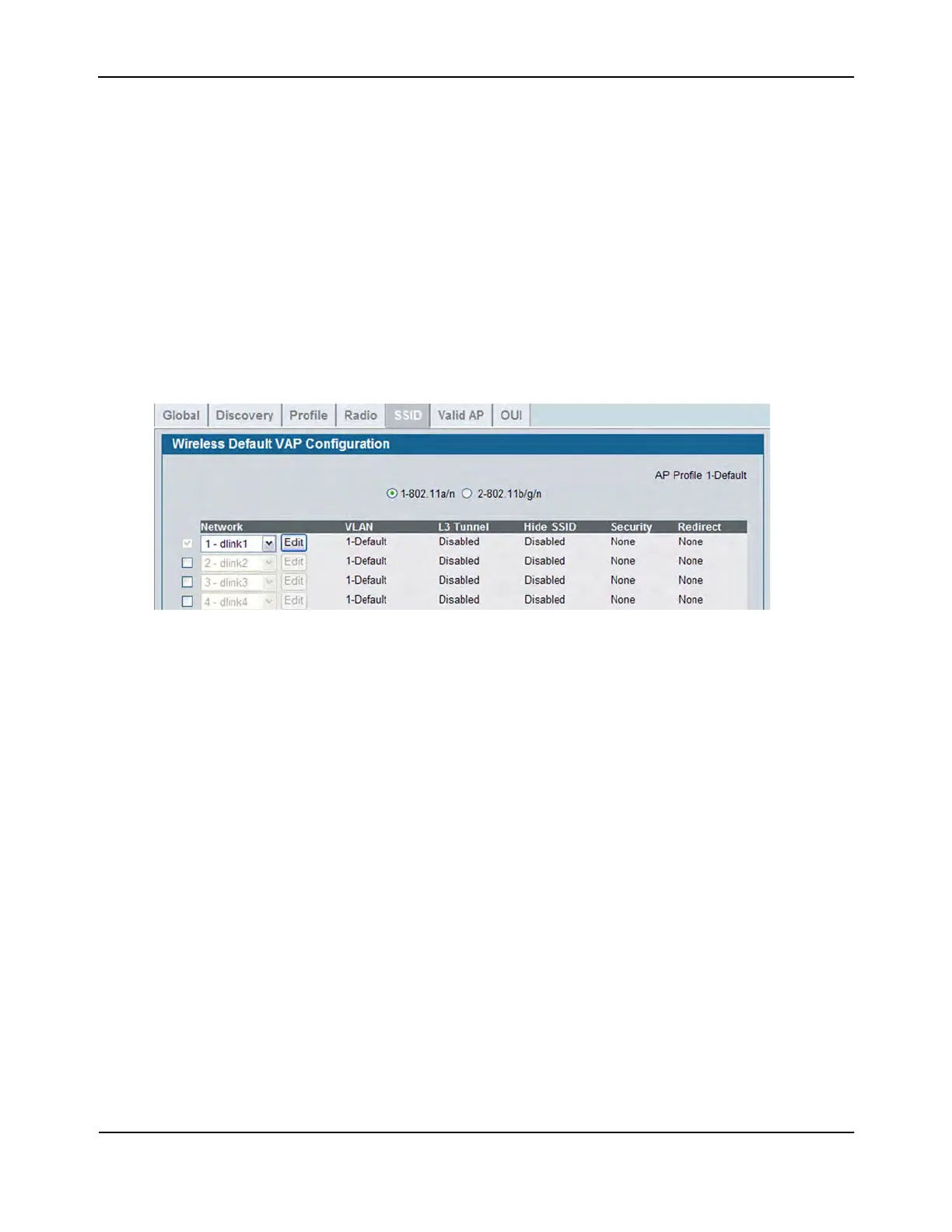